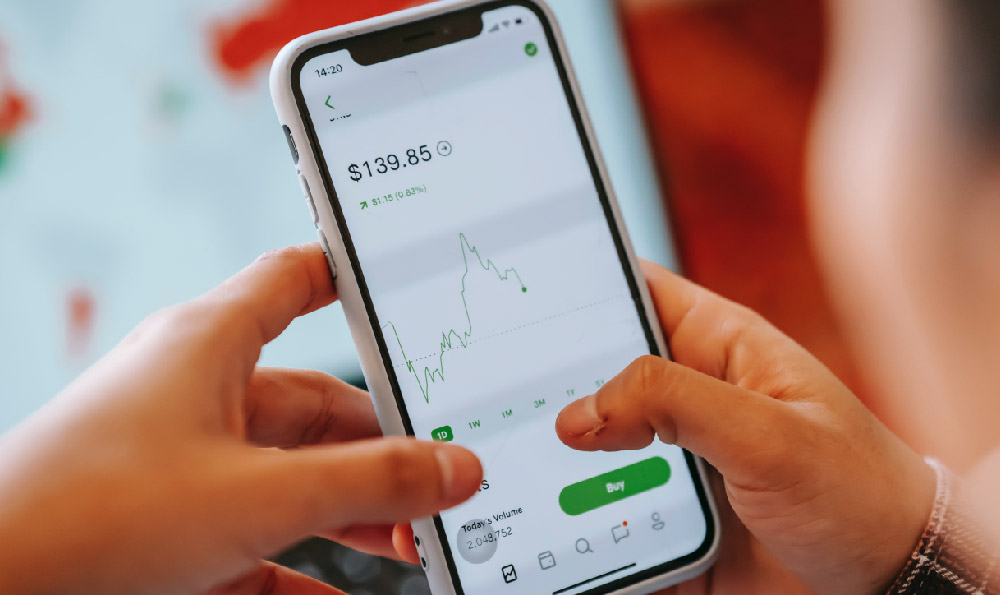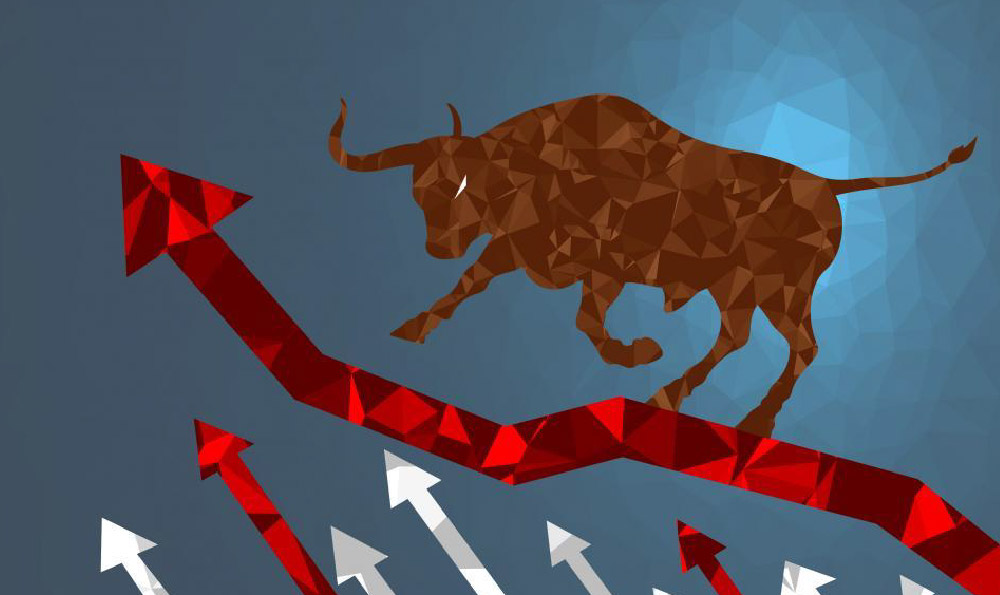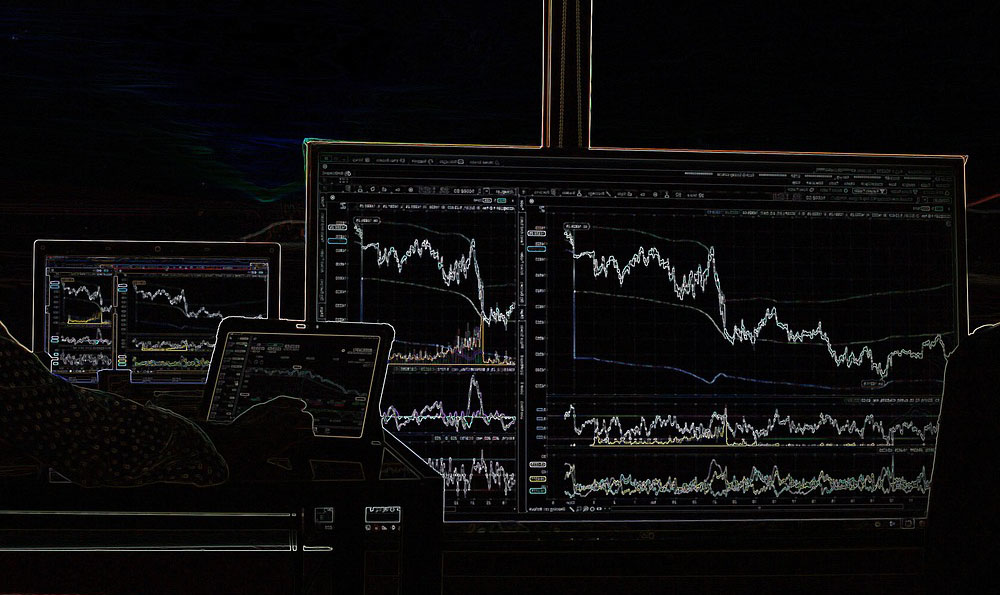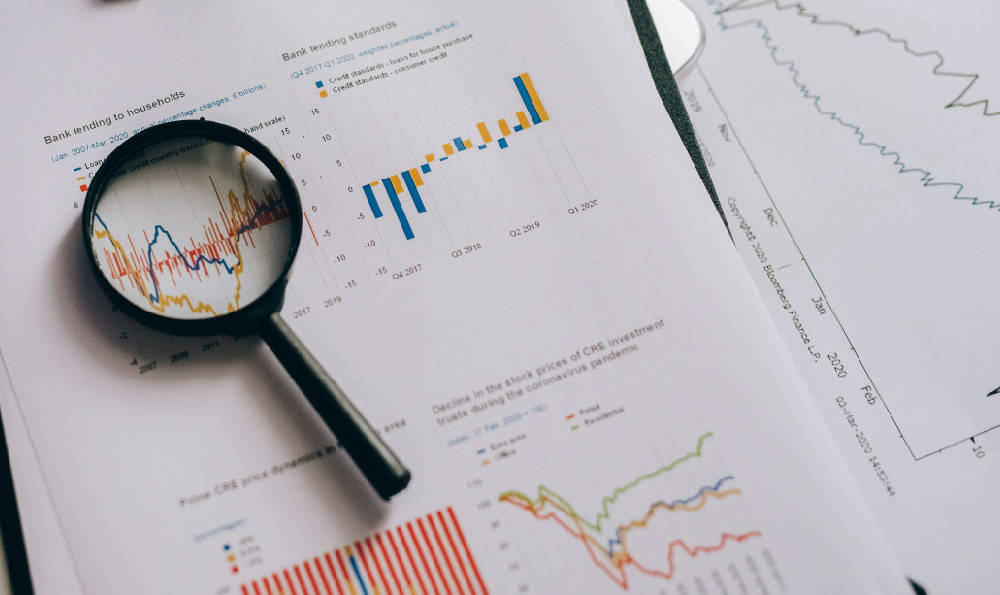Day trading, the practice of buying and selling financial instruments within the same trading day, has garnered significant attention, especially in the volatile and rapidly evolving world of cryptocurrencies. The allure of quick profits and the potential for exponential gains draw many into this high-stakes game. However, the question remains: can you really make money day trading? The answer, as with most things in finance, is nuanced and depends heavily on a combination of skill, knowledge, discipline, and a healthy dose of risk management.
Let's dissect the core elements required for successful day trading. First and foremost, a thorough understanding of technical analysis is paramount. This involves interpreting price charts, identifying patterns, and utilizing technical indicators like moving averages, RSI (Relative Strength Index), MACD (Moving Average Convergence Divergence), and Fibonacci retracements. These tools, when used correctly, can provide insights into potential entry and exit points, helping traders capitalize on short-term price fluctuations. However, it's crucial to remember that technical analysis is not foolproof. It's a probabilistic art, not an exact science. Indicators can lag, patterns can fail, and the market can often defy expectations.
Beyond technical analysis, a strong grasp of fundamental analysis, albeit modified for the short-term timeframe, is beneficial. This doesn't necessarily mean analyzing balance sheets of cryptocurrency companies (as many projects don't even have them), but rather staying informed about market news, regulatory changes, technological advancements, and general sentiment. For example, a positive announcement about a specific blockchain project can lead to a short-term price surge, creating a day trading opportunity. Conversely, negative news, such as a security breach or regulatory crackdown, can trigger a rapid price decline. Staying abreast of these developments is essential for anticipating market movements and making informed trading decisions.

Moreover, successful day trading requires a robust trading strategy. This involves defining clear entry and exit rules, setting profit targets and stop-loss orders, and determining the amount of capital to allocate to each trade. A well-defined strategy helps to remove emotion from the decision-making process, preventing impulsive trades driven by fear or greed. For example, a trader might decide to enter a long position (buy) when a cryptocurrency's price breaks above a key resistance level, with a profit target set at the next resistance level and a stop-loss order placed just below the previous support level. This strategy limits potential losses while aiming for a predetermined profit.
Crucially, risk management is the cornerstone of any successful day trading endeavor. Cryptocurrencies are notoriously volatile, and prices can fluctuate dramatically in short periods. Without proper risk management, a single bad trade can wipe out days, weeks, or even months of profits. A fundamental principle of risk management is to never risk more than a small percentage of your trading capital on any single trade. A commonly cited rule is the 1% or 2% rule, which suggests risking no more than 1% or 2% of your total capital on each trade. This helps to protect your capital from significant drawdowns and allows you to weather inevitable losing streaks.
Furthermore, emotional discipline is essential for navigating the pressures of day trading. The fast-paced nature of the market can be emotionally taxing, leading to impulsive decisions and irrational behavior. Fear of missing out (FOMO), greed, and revenge trading are common pitfalls that can lead to significant losses. Successful day traders cultivate a calm and disciplined mindset, adhering to their trading strategy regardless of short-term market fluctuations. They understand that losses are an inevitable part of the game and avoid letting emotions dictate their trading decisions.
Another critical aspect is selecting the right trading platform and tools. The platform should offer real-time price data, advanced charting capabilities, and low transaction fees. Liquidity is also crucial, as it allows you to enter and exit trades quickly and efficiently without significantly impacting the price. It's also important to research the platform's security measures and ensure that your funds are protected.
However, even with all these factors in place, the odds are stacked against the average day trader. Studies have shown that a significant percentage of day traders lose money. This is due to a variety of factors, including a lack of experience, inadequate capital, poor risk management, and the inherent volatility of the market. It’s vital to remember that professional day traders and institutional investors often have access to superior technology, information, and resources, giving them a significant edge.
Therefore, before venturing into the world of day trading, it's crucial to carefully assess your own risk tolerance, financial situation, and level of experience. Consider starting with a demo account to practice your trading skills and test different strategies without risking real money. Educate yourself thoroughly about technical analysis, fundamental analysis, and risk management. And most importantly, be honest with yourself about your ability to handle the emotional pressures of day trading.
In conclusion, while it is possible to make money day trading cryptocurrencies, it is a challenging and high-risk endeavor that requires significant skill, knowledge, discipline, and a robust risk management strategy. It's not a get-rich-quick scheme, and the vast majority of those who try it lose money. If you're considering day trading, approach it with caution, educate yourself thoroughly, and be prepared to put in the time and effort required to succeed. Remember, responsible investing always prioritizes capital preservation and long-term growth over short-term speculative gains. If you are new to investing, consider long term investing strategies as they are usually less risky.












